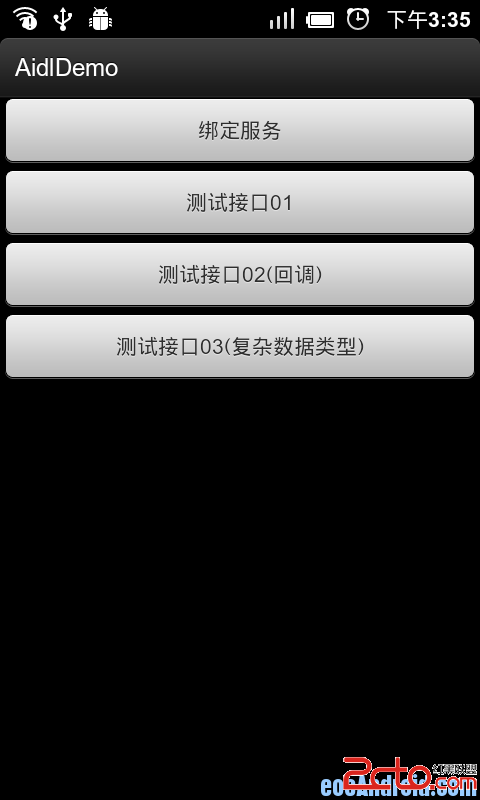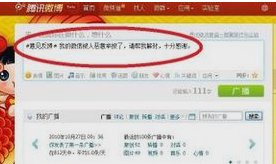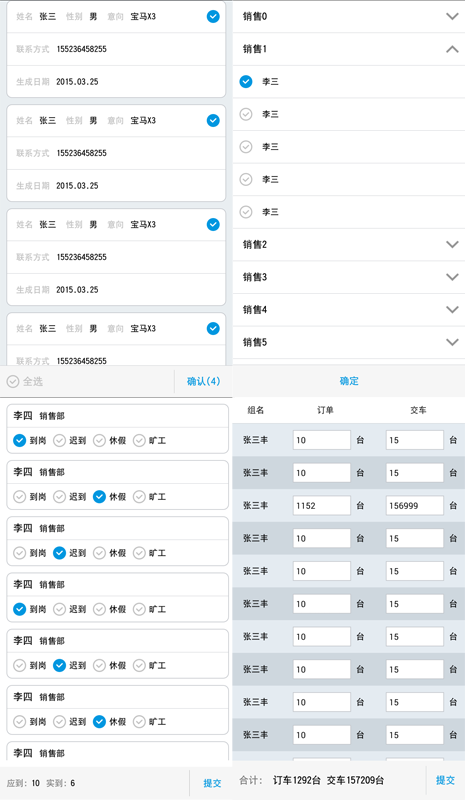編輯:關於Android編程
本文實例講述了Android編程實現開機自動運行的方法。分享給大家供大家參考,具體如下:
有些時候,應用需要在時就運行,例如某個自動從網上更新內容的後台service。怎樣實現開機自動運行的應用?在撰寫本文時,聯想到高煥堂先生以“Don''t call me, I''ll call you back!”總結框架,真是說到點子上了。理解這句話的含義,許多有關Android平台上實現某種的問題,都能迎刃而解。
使用場景:開機後,自動運行,在上顯示"Hello. I started!"字樣。
背景知識:當Android啟動時,會發出一個廣播,內容為ACTION_BOOT_COMPLETED,它的字符串常量表示為android.intent.action.BOOT_COMPLETED。只要在程序中“捕捉”到這個消息,再啟動之即可。記住,Android框架說:Don''t call me, I''ll call you back。我們要做的是做好接收這個消息的准備,而實現的手段就是實現一個BroadcastReceiver。
代碼解析:
1、Activity:SayHello.java
package com.ghstudio.BootStartDemo;
import android.app.Activity;
import android.os.Bundle;
import android.widget.TextView;
public class SayHello extends Activity {
@Override
public void onCreate(Bundle savedInstanceState) {
super.onCreate(savedInstanceState);
TextView tv = new TextView(this);
tv.setText("Hello. I started!");
setContentView(tv);
}
}
這段代碼很簡單,當Activity啟動時,創建一個TextView,用它顯示"Hello. I started!"字樣。
2、接收廣播消息:BootBroadcastReceiver.java
package com.ghstudio.BootStartDemo;
import android.content.BroadcastReceiver;
import android.content.Context;
import android.content.Intent;
public class BootBroadcastReceiver extends BroadcastReceiver {
static final String ACTION = "android.intent.action.BOOT_COMPLETED";
@Override
public void onReceive(Context context, Intent intent) {
if (intent.getAction().equals(ACTION)){
Intent sayHelloIntent=new Intent(context,SayHello.class);
sayHelloIntent.addFlags(Intent.FLAG_ACTIVITY_NEW_TASK);
context.startActivity(sayHelloIntent);
}
}
}
該類派生自BroadcastReceiver,覆載方法onReceive中,檢測接收到的Intent是否符合BOOT_COMPLETED,如果符合,則啟動SayHello那個Activity。
3、配置:AndroidManifest.xml
<?xml version="1.0" encoding="utf-8"?> <manifest xmlns:android="http://schemas.android.com//res/android" package="com.ghstudio.BootStartDemo" android:versionCode="1" android:versionName="1.0"> <application android:icon="@drawable/icon" android:label="@string/app_name"> <activity android:name=".SayHello" android:label="@string/app_name"> <intent-filter> <action android:name="android.intent.action.MAIN" /> <category android:name="android.intent.category.LAUNCHER" /> </intent-filter> </activity> <receiver android:name=".BootBroadcastReceiver"> <intent-filter> <action android:name="android.intent.action.BOOT_COMPLETED" /> </intent-filter> </receiver> </application> <uses-sdk android:minSdkVersion="3" /> <uses-permission android:name="android.permission.RECEIVE_BOOT_COMPLETED"></uses-permission> </manifest>
注意其中粗體字那一部分,該節點向系統注冊了一個receiver,子節點intent-filter表示接收android.intent.action.BOOT_COMPLETED消息。不要忘記配置android.permission.RECEIVE_BOOT_COMPLETED。
完成後,編譯出apk包,安裝到模擬器或手機中。關機,重新開機。
更多關於Android相關內容感興趣的讀者可查看本站專題:《Android開發入門與進階教程》、《Android視圖View技巧總結》、《Android布局layout技巧總結》、《Android調試技巧與常見問題解決方法匯總》、《Android多媒體操作技巧匯總(音頻,視頻,錄音等)》、《Android基本組件用法總結》及《Android控件用法總結》
希望本文所述對大家Android程序設計有所幫助。
 android 游戲 實戰打飛機游戲 怪物(敵機)類的實現(4)
android 游戲 實戰打飛機游戲 怪物(敵機)類的實現(4)
分析 : 根據敵機類型區分 敵機 運動邏輯 以及繪制public class Enemy { // 敵機的種類標識 public int type;
 Android Service學習之AIDL實例
Android Service學習之AIDL實例
注:本文是我早些時候在eoe上發布的一篇文章 由於每個應用程序都運行在自己的進程空間,並且可以從應用程序UI運行另一個服務進程,而且經常會在不同的進程間傳遞對象
 微信舉報解除和微信解除限制的6個方法
微信舉報解除和微信解除限制的6個方法
在微信的運營過程中難免會出現一些無法預料的事情,比如在朋友圈被惡評,甚至被某些別有用
 android listview ExpandableListView實現多選,單選,全選,edittext實現批量輸入
android listview ExpandableListView實現多選,單選,全選,edittext實現批量輸入
最近在項目開發中,由於項目的需求要實現一些列表的單選,多選,全選,批量輸入之類的功能,其實功能的實現倒不是很復雜,需求中也沒有涉及到復雜的動畫什麼之類,主要是解決列表數據